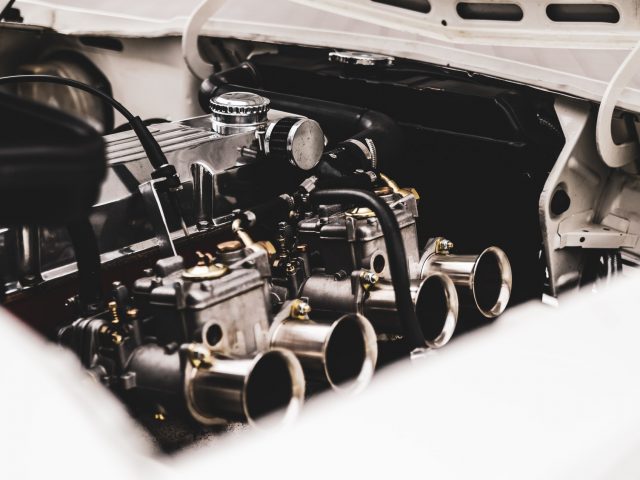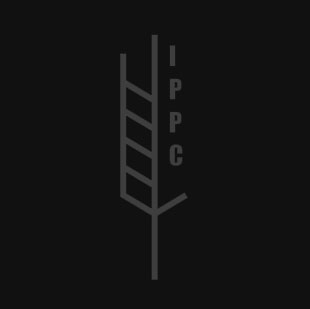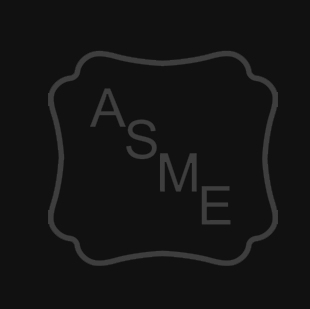Stainless steel finishes are an important factor in any design specification, not only for the intended use of the material but for the appearance of the product as well. These days designers, architects, and engineers have a broad array of finishes to choose from and work with. Various textures, patterns, grain orientations, abrasive blasted appearances, and electrochemical painting and embossing are just some of the specialty finishes and techniques available for consideration and discussion with your fabricator.
However, this guide will serve as a resource for 7 of the more commonly used stainless steel finishes. The specific finishes are recognized for their benefits and applications by international standards organizations, specifically the ASTM International (American Society for Testing and Materials) and the SSINA (Specialty Steel Industry of North America). With some exceptions, the finishes are generally classified numerically.
No. 1 – Dull Finish
No. 1 finishes leave a dull, rough, and non-uniform or divergent appearance on the metal surface. Primarily used in industrial applications that do not require reflection or other aesthetics, especially equipment and parts used for elevated temperatures service, No. 1 Finishes are found in such applications as furnace parts, air heaters, gas turbines, baffles, annealing boxes, and the like. The finish is achieved by hot rolling to a specified thickness. This is followed by heat treatment, referred to as annealing, that gives the material its desired mechanical properties. The metal is then pickled to remove the milling scale and restore the corrosion resistance lost during milling.
No. 2 – Matte Finish
Of the No. 2 classifications for stainless steel surface finishes, No. 2B is not only the most popular among the classification, but it is also the most widely used of all finishes. The reflective surface finish resembles a cloudy mirror. No. 2B is a general-purpose, cold-rolled, heat-treated, pickled and skin passed finish. The result produces a bright, cold-rolled smooth surface similar to a 2D finish, but for the final light cold-rolling skin pass that is achieved using polished rolls. Common in industrial, chemical, and food processing applications, No. 2B is used for process vessels and tanks, for equipment used in chemical and pharmaceutical processes, laundry and dry cleaning equipment, refrigeration units, and for components and equipment used in wastewater and sewage plants.
No. 3 – Brush Finish
A No. 3 finish is produced through extended brushing. The process results in a moderately reflective finish characterized by short, one-directional, relatively coarse, parallel polishing lines that extend in a uniform manner along the length of the coil. Achieved through either mechanical or gradual finer polishing techniques, the brushing process begins with 50 or 80 grit abrasives and is finished with 100 or 120 grit abrasives. Grit abrasive levels impact the surface roughness of the material. Depending on application requirements, the higher the grit numbers the finer the polishing lines and more reflective the finishes. Special coils or rolls are then used to press a pattern into the surface to simulate an appearance of mechanical abrasion. This type of finish is used in the manufacturing of food processing equipment designed for non-contact with food, plus brewery and brewing equipment, restaurant and kitchen equipment, and scientific components and apparatuses.
No. 4 – Brushed Finish
Similar to No. 3 finishes, No. 4 finishes are also characterized by short, one-directional, uniform parallel polishing lines, but the effects are achieved gradually, with finer abrasives anywhere between 120 and 320 grit. In other words, No. 4 finishes are achieved by the same mechanical polishing techniques of a No. 3 finish using gradually finer abrasives. It is a popular finish for architects and for all types of appliances, even elevators, and escalators. No. 4 provides a sanitary finish as well and is widely used throughout the food and beverage industry, hospitals, and any work environment where there is food contact.
No. 7 – Polished Finish
A No. 7 finish is known for its reflective, mirror-like appearance and aesthetics. Used in architectural features such as column covers, ornament trim, and wall panels, the finish is achieved as a No. 4 finish polished to 320 grit, but buffed for up to 10 minutes further to produce a high degree of reflectivity. With No. 7 finishes, minimal grit lines should still be visible after buffing, which can be observed several feet away from the panel.
No. 8 – Mirror Finish
As the most reflective polished finish classified by ASTM standards, the No. 8 Finish is achieved through extended buffing an additional five to 10 minutes longer than a No. 7 Finish. The additional buffing diminishes the visibility of the grit lines and can be seen only when examined closely. Even though the finish is mirror-like it is not a perfect mirror. Though exterior applications are not unheard of, No. 8 finishes are typically used for interior ornamental applications such as panels or columns often seen in high-end luxury hotels, museums, office buildings, and the like.
Bright Annealed Finish
Bright annealed finish is produced using cold-rolled stainless steel which is then treated in an inert gas atmosphere furnace after cold rolling. The result is a smooth, bright reflective finish. Though mirror-like in appearance it is not up to the reflective quality of a No. 7 or No. 8 finish. The annealing process produces some cloudiness and other visual imperfections. However, the finish does serve many visual and functional requirements and is used in architecture, shopfitting, shipbuilding, pharmaceutical and medical equipment, and the food and beverage industries.
Quest-Tech Precision, let us turn your precision metal fabricated project from concept to reality. In addition to stainless steel, our skilled craftsmen are able to fabricate carbon steel, copper, aluminum and brass. Contact us to discuss your next project today!



